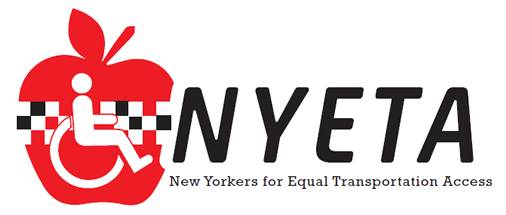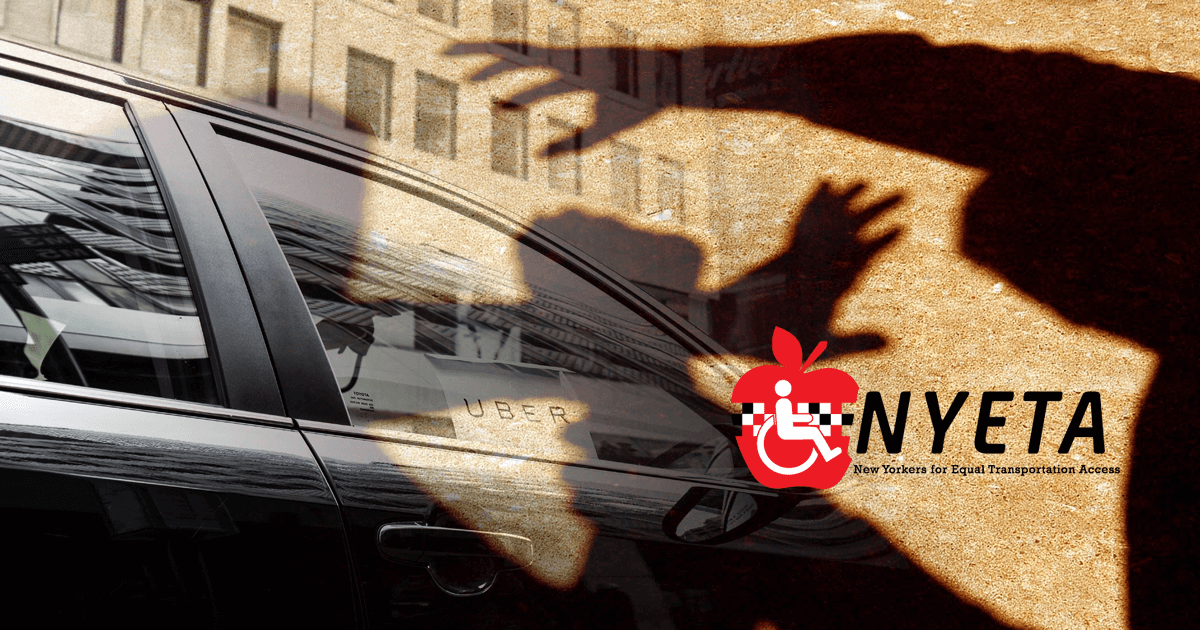From Slate:
How much sexual assault is happening on ride-hailing services like Uber?
How many people were raped as a result of Uber rides between December 2012 and August 2015: five or 5,827?
Those numbers aren’t even in the same ballpark, but a Sunday BuzzFeed article has left users of the ride-hailing app trying to make sense of the gulf between them. The news site published screenshots, provided by a former customer service representative for Uber, that show a search for the words sexual assault pulling up 6,160 tickets in the company’s database and a search for the word rape returning 5,827 tickets.
In response to queries from BuzzFeed, Uber conducted its own analysis and concluded that only five of the tickets containing the word rape and fewer than 170 of the tickets turned up by the words sexual assault were, in its view, actual incidents related to Uber trips. The company suggested some explanations for the thousands of other tickets: “Riders routinely misspell ‘rate’ (as in the fare) as ‘rape’, or use the word ‘rape’ in another context. For example, ‘you raped my wallet’ … The results also showed tickets from passengers who got into cars not on the Uber platform, or who were discussing unsubstantiated media reports of sexual assaults.” (I contacted a spokeswoman for Uber for this story, and she declined to comment.)
While a share of the search results are almost certainly false positives, could misspellings and misdirected complaints really account for all but five of the tickets? As Jezebel has pointed out, Uber’s numbers look especially low considering that several dozen incidences of sexual violence in its cars have been widely reportedand, in some cases, confirmed by police investigation. On Monday, the company’s credibility took another hit when it had to apologize for initially misrepresenting its third-party customer support platform, Zendesk, in a response to the Buzzfeed piece by wrongly claiming that its filters would pick up any name or word that included the consecutive letters r-a-p-e.
The real count of Uber rides that led to sexual assault is probably higher than 170 and lower than 6,160—but how much higher or lower, consumers have no way of knowing. (Of course, the number of unreported assaults is also a question mark; as Uber points out, its database also doesn’t reflect the cases where a victim went straight to the police.) And just as important as having reliable numbers from Uber is having the ability to place them in context: Is the original ride-hailing app safer or less safe than its competitors, such as Lyft, and is it safer or less safe than a traditional taxi? There’s some irreducible amount of risk associated with climbing into a car with a stranger—but are any of our options as safe as it’s fair to expect?
The numbers over which BuzzFeed and Uber are at loggerheads may be wildly inconclusive, but they’re still more than most taxi companies provide. “We don’t have good data to say what’s the actual situation among taxi drivers,” says Nick Zaiac, an analyst at the Maryland Public Policy Institute who has written in support of Uber and Lyft. At least apps, given their built-in ratings function, “have some form of checking this stuff.” When Adrienne LaFrance and Rose Eveleth at the Atlantic tried to contrast the safety of Uber against that of taxis last year, they were told that most major urban police departments don’t track where sexual crimes occur, be it in an Uber, in a cab, or somewhere else entirely. “There’s no way to search for that,” a spokeswoman for the Boston Police Department told them.
One city, at least, has seen the value of that data. When Austin, Texas, analyzed reports of sexual assault in rides and cabs in the narrow window between April and August of 2015, it found five complaints against Uber drivers, two against Lyft drivers, and three against drivers at traditional taxi companies. The Taxicab, Limousine and Paratransit Association, which publicizes horror stories about the ride-hail apps that are taking over its market, has latched onto this news—though spokesman Dave Sutton acknowledges that more information is needed. “Since this issue has become politicized, we do think cities are going to become more aware and will be looking to track this,” he told me.
Austin is one of several cities currently considering whether to make Uber and Lyft fingerprint their drivers as part of their background checks. Uber uses the private company Checkr to conduct the process online; cab companies, most of which run drivers’ fingerprints through police databases, argue that this difference in practice makes their services the safer choice for consumers. San Francisco District Attorney George Gascón has deemed background checks without fingerprints “completely worthless,” and Gascón and the Los Angeles District Attorney sued Uber and Lyft last December for falsely advertising the quality of their background checks. Some critics have argued that fingerprinting would have prevented some of Uber’s worst calamities, such as the death of a 6-year-old in San Francisco in 2014; the man behind the wheel had been convicted of reckless driving in Florida. Uber has made it clear, however, that it considers the time-consuming fingerprint checks bad for business. As Alison Griswold has written for Slate, the company has sometimes resorted to suspending operations in cities that insist on them.
For its part, Uber claims that its background checks catch things that cab policies miss. In Austin, for example, the company has said that 53 of 163 working taxi drivers who applied to the app failed, 19 of them “because of a recent serious offense … Crimes included felony assaults, DWIs and a hit and run.” Whether or not fingerprint scans are the superior method, as Zaiac pointed out to me, the fact that every Uber ride is tracked on a GPS and recorded in real time, along with the built-in review process, may act as a deterrent to crime. At the Atlantic, LaFrance and Evelethconcluded, “[T]here’s little to suggest that the newest form of ridesharing is significantly riskier than the old one.” Indeed, even with the addition of BuzzFeed’s alarming numbers, the limited information available to compare ride-hail apps and old-school taxis doesn’t show much of anything about how to minimize the risk of sexual violence. Options for those without cars include braving harassment on public transit or braving harassment on foot—a situation that may make you just want to stay home.
Read more from Slate:


Recent Comments